TLDR Topical PUVA can cause temporary hair regrowth in some alopecia areata patients but doesn't change the long-term outcome.
Twenty-two patients with alopecia areata were treated with a combination of topical 0.1% 8-methoxypsoralen and UVA (PUVA). Of these, 8 patients (36.3%) experienced excellent regrowth, and 2 patients (9.1%) showed good regrowth. The mean total UVA exposure and number of treatments for responders were 171.7 joules/cm² and 47.4 treatments, respectively. However, 8 of the 9 responders available for follow-up experienced some degree of relapse within an average of 8.3 months after treatment discontinuation. Despite the lack of long-term efficacy, combining PUVA with other treatments might prolong its beneficial effects, potentially due to an immunomodulatory mechanism.
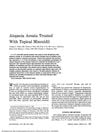 78 citations
,
April 1984 in “Archives of Dermatology”
78 citations
,
April 1984 in “Archives of Dermatology” Minoxidil can help regrow hair in alopecia areata patients.
 10 citations
,
May 1983 in “International Journal of Dermatology”
10 citations
,
May 1983 in “International Journal of Dermatology” Some people with severe hair loss saw hair regrowth after a specific light and drug treatment.
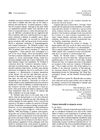 56 citations
,
August 1981 in “Journal of The American Academy of Dermatology”
56 citations
,
August 1981 in “Journal of The American Academy of Dermatology” Minoxidil helps hair regrowth in alopecia areata safely.
50 citations
,
July 1981 in “Archives of Dermatology” DNCB helps regrow hair in alopecia areata patients, but safer alternatives are needed.
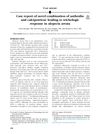 6 citations
,
March 2019 in “JAAD case reports”
6 citations
,
March 2019 in “JAAD case reports” A new mix of anthralin and calcipotriene might help treat severe hair loss.
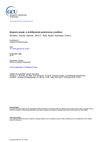 148 citations
,
December 2018 in “Journal of autoimmunity”
148 citations
,
December 2018 in “Journal of autoimmunity” Alopecia areata is an autoimmune disease causing patchy hair loss, often with other autoimmune disorders, but its exact causes are unknown.
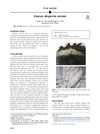 4 citations
,
November 2018 in “JAAD case reports”
4 citations
,
November 2018 in “JAAD case reports” Alopecia areata can sometimes appear as a straight line of hair loss instead of round patches.
May 2018 in “Journal of cosmetology & trichology” Combining platelet-rich plasma therapy with prostaglandin-F eye drops can significantly regrow hair in alopecia universalis.





